SAN FRANCISCO — Samsung described a new neural-network accelerator for smartphones that matches blocks from rivals such as Huawei. Toshiba detailed one for self-driving cars that pulls ahead of competitors such as Intel’s Mobileye at the International Solid-State Circuits Conference here.
A 5.5-mm2 block in the latest 8-nm Exynos chip delivers 1.9 tera-operations/second (TOPS) using 8-bot precision running at up to 933 MHz, said Jinook Song, a Samsung AI engineer. That’s about the rating for the latest Kirin processor in Huawei phones and the latest commercial IP blocks.
However, the block hits performance of 6.937 TOPS when a neural net allows pruning of up to three-quarters of its weight. The chip delivers a range of 4.5 to 11.5 TOPS/W when consuming from 39 mW at 0.5 V to 1.553 W at 0.8 V.
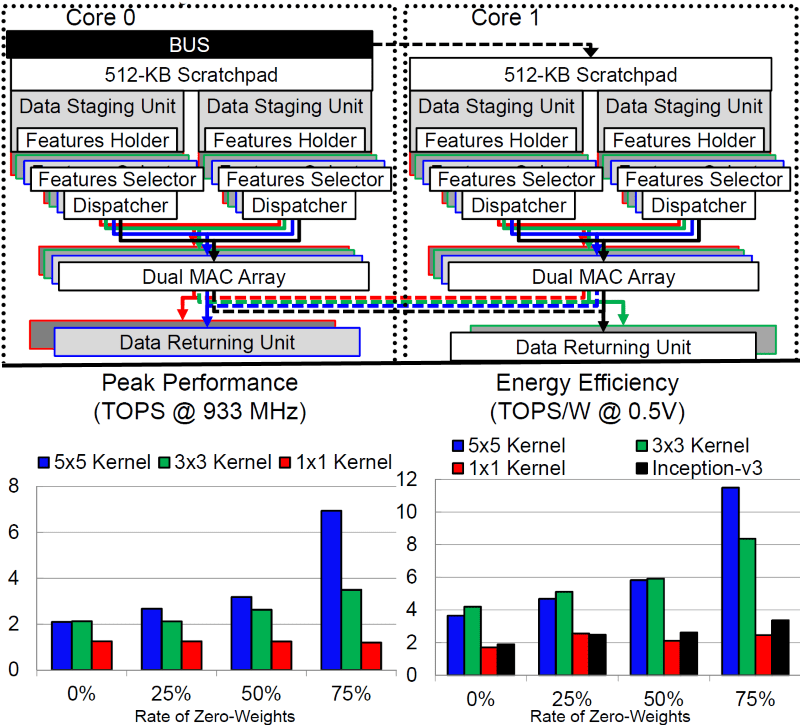
Samsung detailed its 8-nm Exynos deep-learning block and its performance. Click to enlarge. (Source: ISSCC)Like mobile architectures from Cadence, Ceva, and Nvidia, the Samsung chip makes heavy use of pruning and quantization, running 8- and 16-bit operations to optimize for efficiency and network sparsity. “If you are not using sparsity and compression at this point, you are behind the curve,” said Mike Demler, an analyst from the Linley Group who was attending the session.
It’s not clear if the implementation is a full dataflow architecture, another trend implemented in the latest IP blocks, Demler said.
The Samsung design appears in the latest Exynos chip and is expected to be used in at least some new handsets that the South Korean giant is announcing as early as this week. To enhance parallelism, it uses two cores, each with two data-staging units sharing 512-KByte scratch pads.
Toshiba described an accelerator for advanced driver-assistance systems that delivers up to 20 TOPS and 2 TOPS/W, up from 1.9 TOPS and 564 GOPS/W with its 2015 chip.
Two new image-processing cores carried most of the work in the new version. Each block processes 8-MPixel images and up to 40 frames/second.
The 94.5-mm2 chip was made in a 16-nm node. It added to the 2015 design four DSPs, believed to be NeuPro cores from Ceva, as well as three new specialty accelerator blocks.
The image processors in Toshiba’s latest ADAS processor pack a punch. Click to enlarge. (Source: ISSCC)“I was surprised; there is a lot in this chip, and with four levels of processing, it looks pretty complete,” said analyst Demler.
For example, the Toshiba design packs eight Cortex-A53 cores and two Cortex-R4s, compared to four MIPS cores and no R4 equivalents on the latest Mobileye chips. In addition, the Mobileye chips run at 5 W in 7 nm, making them more power-hungry and expensive than the Toshiba SoC, he said.
However, it was not clear if the 2.7-W rating for the Toshiba design included the entire SoC. Also, Mobileye supports LiDAR and radar. It was not clear what sensors the Toshiba chip supports beyond cameras, and Nvidia’s Xavier design is likely more powerful, he added.
— Rick Merritt, Silicon Valley Bureau Chief, EE Times
Abonnieren fuer regelmaessige Marktupdates.
Bleiben Sie auf dem neuesten Stand der Branchentrends, indem Sie unseren Newsletter abonnieren. Unser Newsletter ist Ihr Zugang zu erstklassiger Marktexpertise.
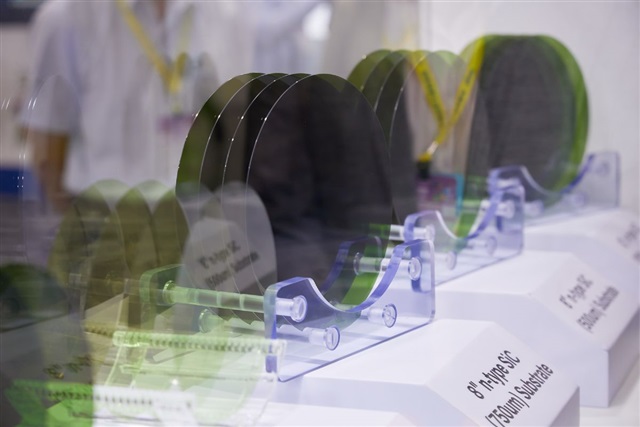
The US has initiated a Section 301 investigation into China's mature semiconductor processes and third-generation silicon carbide (SiC) semiconductors. Supply chain operators state that the increa
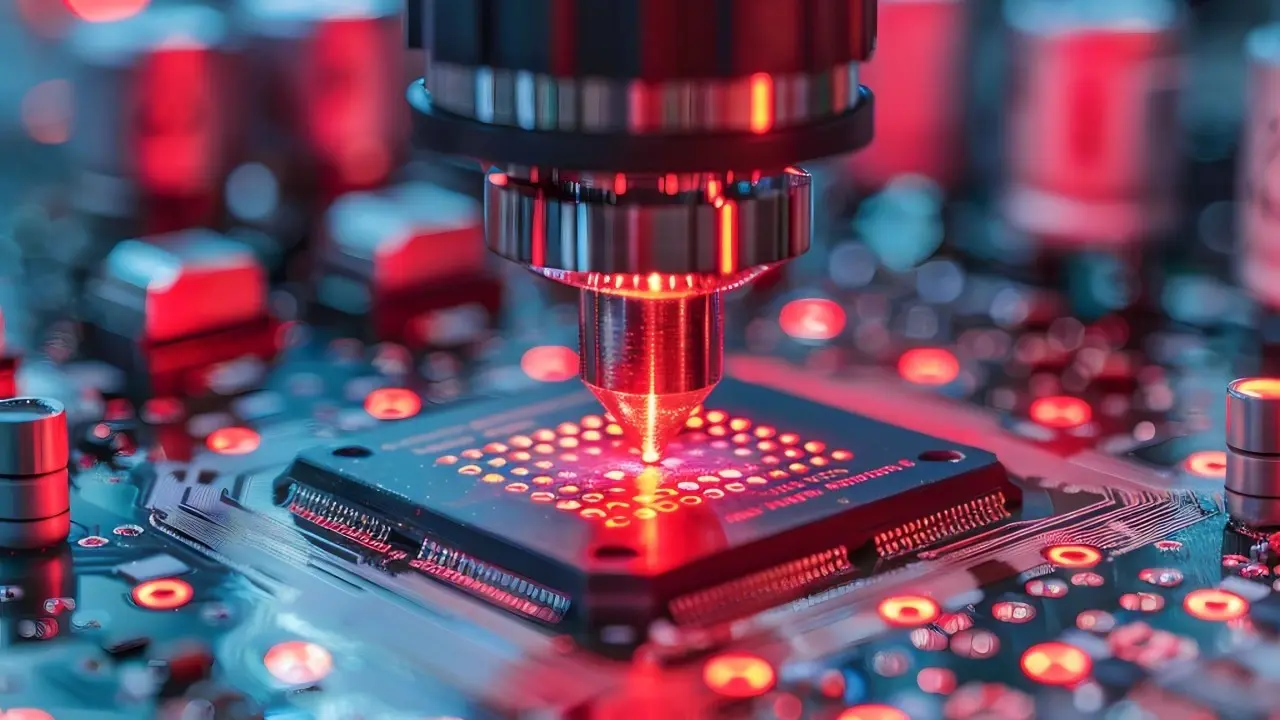
In 2025, we expect 9.5% growth in the global semiconductor market, driven by robust demand for data centre services, including AI. However, growth in other, more mature segments is expected to be stag

Taiwanese chip manufacturer TSMC has announced a $100 billion investment in the United States, aiming to build five additional semiconductor facilities.The plan was revealed by TSMC CEO C.C. Wei along

Prices of mature process memory, long hit by oversupply due to fast capacity expansion at Chinese makers, are expected to rebound, thanks to the Chinese government's consumption stimulus programs.
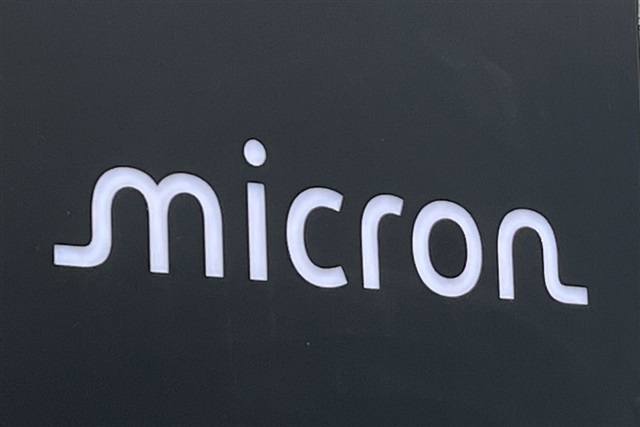
With the ongoing development of new-generation processors, the introduction of PCIe Gen5 specifications into high-end PC applications is set to commence in 2025. According to Micron Technology, Gen4 p
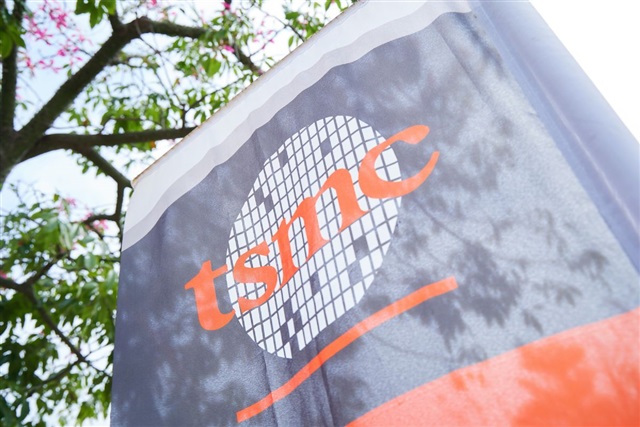
The global market is watching how TSMC, pressured by the US, might assist Intel's foundry operations, while Samsung Electronics and Rapidus, also facing challenges, may similarly require TSMC'